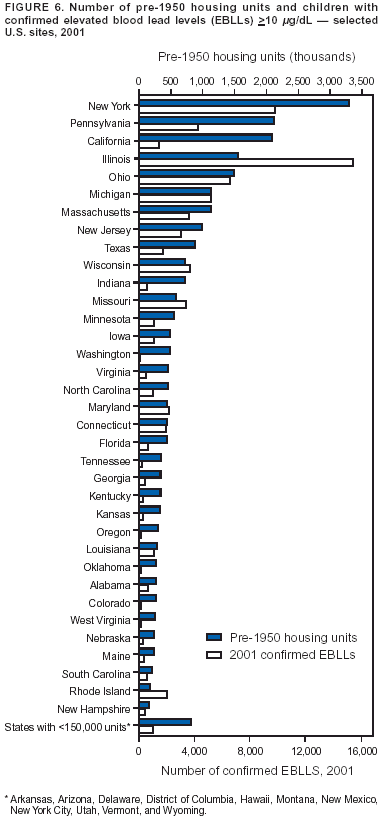The Journal Star’s editorial board either hasn’t been paying attention to recent events or simply can’t put two and two together.
In their editorial today, “Same-sex marriage referendum a divisive distraction,” they observe, “Illinois already has a law that defines marriage as a relationship between a man and a woman, so this is redundant.” But the newspaper of record surely knows that in an age of judicial activism, passing laws is not enough. Massachusetts had a law defining marriage as a relationship between a man and a woman, too, but the courts overturned it. So the only way to safeguard this law from judicial activism is to make it part of the constitution itself.
The editorial does mention that a constitutional amendment is the ultimate goal: “The November referendum is only advisory, intended to pressure Illinois lawmakers to put another referendum on another ballot to change the state constitution.” This is what happens when judges start legislating from the bench. The only recourse citizens have is to start writing laws directly into the constitution. And because this is such a long process, traditional marriage advocates don’t want to wait until the laws have been overturned to get started, like they did in Massachusetts.
The editorial goes on to say, “It’s a shame that petition organizers didn’t put their substantial grass-roots skills toward other family-friendly issues…,” as if the the definition of marriage is merely one issue in a litany of equivalent causes. Actually, marriage is the foundation upon which our definition of family is built, so “family-friendly issues” are dependent on our society’s view of marriage, not equal to it.
The editorial concludes with this admonition: “What Illinois is ready for is a focus on issues that make a real difference in people’s lives, not unnecessary and divisive distractions.” It’s actually quite practical to firmly establish the definition of marriage in Illinois. The very issues the Journal Star thinks are more important — health insurance, pensions — would be seriously impacted if same-sex marriage were legalized through some sort of court action, and Illinois would be ill-prepared for it. Laws would need to be rewritten, financial projections would have to be completely refigured, and all within a short period of time. Settling the issue of marriage by putting the definition in the constitution will provide stability both for families and the government.

 The
The 